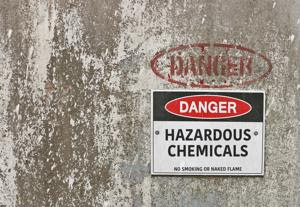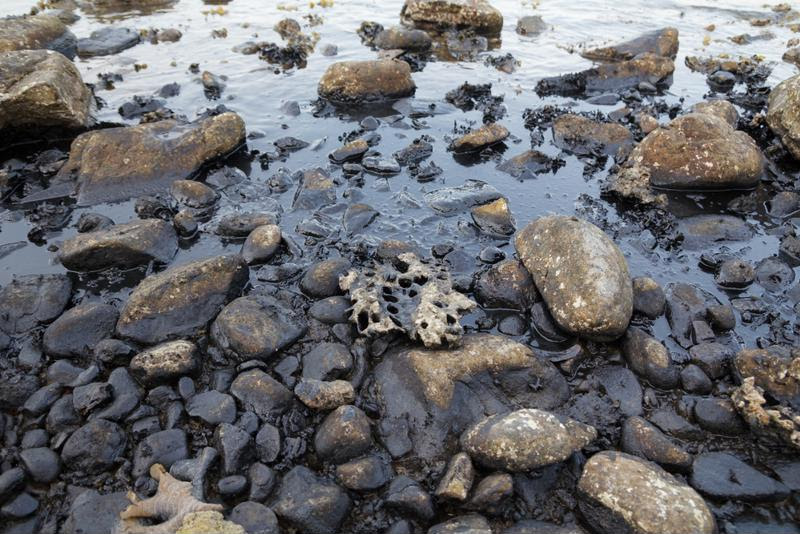Refresh Training to Ensure Compliance with EPA Guidelines

Complying with EPA regulations requires focus, dedication and training.

Is your facility on top of its requirements under EPA rules?
The EPA runs multiple programs around the country designed to keep harmful materials out of the natural environment and to clean up already damaged areas. The agency’s report for the 2018 fiscal year noted it received commitments for the proper disposal, treatment or minimization of 540 million pounds of waste.
Getting into EPA compliance and staying there is a multi-step process involving strengthening many aspects of operations and oversight. Your employees are an important part of the equation, as simple lack of familiarity with EPA requirements could lead to inadvertent violations of the rules. By taking a look at a few prominent types of EPA-regulated workplaces, you can grasp the role and importance of employee education.
EPA Regulations Affecting Hazardous Waste Generators
Companies generating hazardous waste don’t just have one uniform set of EPA regulations to meet. Rather, these facilities are classified by how much potentially harmful material they create, from small producers – creating fewer than 100 kg of waste, 1 kg of acute waste and under 100 kg of acute spill residue each month – to the most heavily regulated category, generating more than 1,000 kg each. Facility operators must verify which bracket their businesses fit into. Additionally, some states have their own classifications of waste generation that don’t exactly follow the EPA’s limits.
While Very Small Quantity Generators don’t need to have any waste minimization efforts in place and Small Quantity Generators must make a good-faith effort to prevent waste entering the environment, Large Quantity Generators must have codified and specific programs. In addition to written policies about safe disposal of hazardous materials, LQGs need to train their personnel through classroom and hands-on exercises. SQGs have to give basic training to their employees. Learning sessions should focus on the everyday disposal of waste and contingency plans for emergencies.
EPA Regulations Affecting Petroleum Facilities
Oil companies face a unique set of regulations designed to prevent contamination of soil and water in nearby communities. The EPA’s regulatory framework has existed since 1973, when it was codified as part of the Clean Water Act. The Oil Pollution Act in 1990 added more specific rules for storage facilities, and additional regulations were finalized in 1994. As with hazardous waste regulations, companies have to implement programs to prevent contamination on an everyday basis while also being ready to deal with spills and take emergency actions to prevent damage from escalating.
The Spill Prevention, Control and Countermeasure applies to all facilities with more than 1,230 gallons of oil in aboveground containers or 42,000 or more gallons underground and could potentially discharge that oil into navigable waters, lakes, rivers or streams. Owners and operators of facilities meeting the requirements need to have plans in place to comply with the SPCC, and those plans must cover everything from discharge predictions to security and drainage information. Large facilities must have a Professional Engineer check these plans to be considered compliant.
 Keeping oil out of the environment is an EPA priority.
Keeping oil out of the environment is an EPA priority.Training to Boost EPA Regulation Compliance
Considering the different regulatory requirements facing various classes of companies, specialized training programs can help organizations get in compliance. The following are a few of these relevant programs, delivered via video content:
- Hazardous Waste Generators: Large Quantity Generators (LQG): This course targets facilities in the largest bracket of hazardous waste generation, giving employees practical tips on ways to label and inspect regulated waste and contain it in everyday situations. The materials also prepare employees to deal with problems including runoff and poisoning, as well as how to reduce the generation of waste products in the first place.
- SPCC By The Numbers for General Industry: As a large-scale overview of SPCC, this video-based program is designed to teach employees important practices, including the proper usage of equipment such as secondary containment structures. Other subjects covered include safe transportation of oil, as well as following procedures during an incident to minimize damage.
- Hazardous Materials Labels: When potentially hazardous substances are labeled correctly and consistently, in line with EPA regulations, employees are able to handle them safely and confidently during normal operations and take appropriate action more quickly when an incident occurs. This course teaches employees to apply labels and imparts the importance of this practice.
Keeping a facility in compliance with all relevant EPA rules is a way for owners and operators to avoid fines and penalties, and it’s also more than that. Being compliant means looking out for workers and the local ecosystem. These courses and those like them can point companies in the right direction.
Source